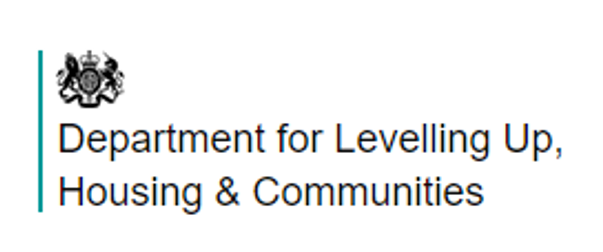One of the best bits of my job is going out to see clients around the country. While there are many common issues, every single organisation – whether a housing association, a council or an arm’s-length management organisation (ALMO) – is different in its tenant mix and housing stock. The challenge – and satisfaction – is in identifying and meeting individual needs, whether we’re running a single survey, reviewing the efficiency of an organisation’s resident feedback systems, or doing something in between.
There can be surprises. I still remember one feedback meeting when we revealed the landlord had sent 20,000 postal repairs surveys, costing around £7,000 – in an organisation with just 5,000 tenants. Nobody had stopped to consider just how cost-effective an exercise it was.
What does a typical consultancy project look like? It varies enormously, because everybody’s needs are different.
One of our recent projects was with a smallish ALMO whose tenants live in a couple of market towns. The landlord – let’s call it X – was doing a lot of good things in its survey work, led by four very keen staff. They asked us to look at how they run customer satisfaction surveys and to help them understand what was and wasn’t working well, including ICT capabilities and, the possibilities of change.
Using their facts and figures, we carried out a desk-top review and reported back with a 26-page document. This covered what was working well and what could be improved, and included detailed proposals for a new survey programme focused on the most important indicators, priorities of senior leadership/the local authority, and taking into account their size, capabilities and budget.
We then had a long, detailed and tremendously useful session with staff working on this project where we teased out the issues and gave them a mix of positive findings and potential improvements.
One key issue for X was that no one person is in charge of their surveys: though staff working on these were very responsive, we thought it would work far better with one lead. Some surveys had stalled altogether, while the results from others weren’t statistically reliable (and often, just plain dodgy). We discovered that it would have been quite possible for X to have carried out over 18,000 surveys a year – almost four times higher than their number of tenants.
Few repair feedback postcards were being returned, partly because they included no explanation on how to do this, and there were clear issues around the confidentiality of personal data requested on these cards.
But, we were also able to highlight very positive aspects of X’s tenant satisfaction work. Staff are responding really well to the challenges, with recent initiatives to move towards more telephone surveying, streamlining surveys to make them snappier, and redesigning postcards to ensure they look good, with clear branding. Tenant satisfaction levels are high, with considerable improvement since X took over services from the local authority.
Our report included many recommendations for action. We thought there might be a choice to be made between investing in continuing with the current level of survey – but doing it properly – or seriously considering abandoning some surveys where results are currently worthless. We also thought X should differentiate more between large and smaller surveys, and treat them very differently. If you are doing over 11,500 repair surveys annually, sampling errors, not response rates, are the issue. Smaller-scale surveys, perhaps those around complaints, need more engagement with residents and are about quality not quantity.
It was a full-on and very useful meeting. By the time we ended, X staff had explored our report and recommendations in detail, teasing out what they felt they should highlight for their senior management team. It had become a really useful working document for them. As always, it was incredibly rewarding to see what they had learned from our analysis, and to support them as they explore how to use that information.
What happens next? For now, X has the information it needs to make some critical decisions about the level and type of surveys it will do in future to ensure it is fulfilling statutory requirements and properly understanding the needs of tenants. Acuity has been able to help them identify a long list of issues they need to consider, providing evidence which should be useful when making the decisions which will follow over the coming weeks and months.
For clients like X, we can offer many more options, including off-the-shelf and tailored solutions to individual needs. Whether you need to overhaul or analyse your resident satisfaction programme, develop or adapt what you already offer, or are seeking to outsource one or all of your surveys, we can help.
Interested in finding out more about what we offer? Please do get in touch: we’d be delighted to talk through the possibilities.






Comments are closed.